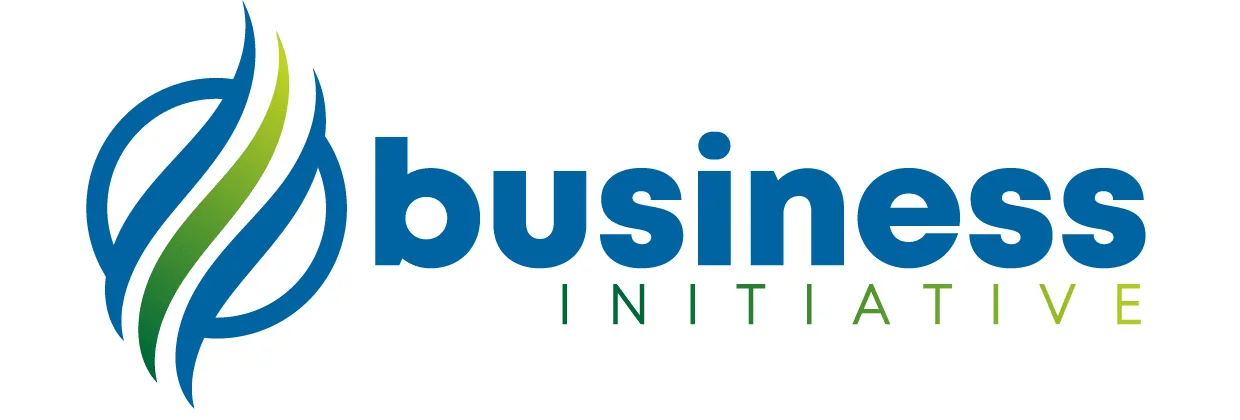Understanding the long-term value of your customers is crucial for business success. Our Customer Lifetime Value (CLV) calculator helps you estimate the total revenue potential from customer relationships and make data-driven decisions for marketing and retention strategies.
CLV Calculator Features
- Multiple Calculation Methods: Simple CLV and Predictive CLV
- Visual Analytics: Track value trends over time
- Segment Analysis: Compare different customer groups
- Revenue Forecasting: Project future customer value
- Export Functionality: Save and share your analyses
How to Use This Calculator
- Enter Customer Data: Average purchase value and frequency
- Set Time Period: Define the customer relationship duration
- Add Segments (optional): Compare different customer groups
- View Results: Analyze CLV metrics and trends
- Export Report: Save your calculations for reference
Customer Lifetime Value Calculator
CLV Results
Understanding Customer Lifetime Value
Components of CLV
- Purchase Value: Average amount spent per transaction
- Purchase Frequency: Number of transactions in a given period
- Customer Lifespan: Duration of the customer relationship
- Retention Rate: Percentage of customers who continue buying
Importance of CLV
- Guides customer acquisition spending
- Helps identify valuable customer segments
- Informs retention strategy decisions
- Supports marketing budget allocation
Tips for Improving CLV
- Increase Purchase Frequency: Create loyalty programs and targeted promotions
- Boost Average Order Value: Implement cross-selling and upselling strategies
- Enhance Customer Retention: Focus on customer service and engagement
- Reduce Customer Acquisition Costs: Target high-value customer segments
- Optimize Customer Experience: Improve all touchpoints in the customer journey
Need help establishing your business or want guidance on business registration? Schedule a consultation with our expert team at Business Initiative to discuss business registration and formation services.
Stay updated with the latest business tips by following us on X (Twitter) and subscribing to our newsletter.
FAQs - Frequently Asked Questions About Customer Lifetime Value

What is Customer Lifetime Value (CLV) and why is it important?
CLV is the total revenue a business can expect from a customer throughout their entire relationship.
It helps businesses make informed decisions about customer acquisition and retention spending.
Learn More...
Customer Lifetime Value is a crucial metric that helps businesses understand the long-term value of their customer relationships.
It provides insights into several key business areas:
- Customer acquisition budget optimization
- Marketing strategy development
- Customer service resource allocation
- Product development prioritization
Understanding CLV helps businesses:
- Focus resources on high-value customer segments
- Make data-driven marketing decisions
- Improve customer retention strategies
- Maximize return on marketing investment
How is CLV calculated?
Basic CLV is calculated by multiplying average purchase value by purchase frequency and customer lifespan.
Learn More...
There are two main methods for calculating CLV:
1. Simple CLV Formula:
- Average Purchase Value × Purchase Frequency × Customer Lifespan
- Example: $100 × 4 purchases/year × 3 years = $1,200 CLV
2. Predictive CLV Formula:
- Includes retention rate and discount rate
- Considers gross margin percentage
- Accounts for changing purchase patterns
Advanced calculations may also factor in:
- Customer acquisition costs
- Service delivery costs
- Marketing expenses per customer
- Inflation and time value of money
What's the difference between Basic CLV and Predictive CLV?
Basic CLV uses historical data for simple calculations, while Predictive CLV forecasts future value using advanced metrics and trends.
Learn More...
Basic CLV:
- Uses historical purchase data
- Simple multiplication of known values
- Good for stable customer relationships
- Easier to calculate and understand
Predictive CLV:
- Incorporates predictive analytics
- Considers changing customer behavior
- Accounts for market dynamics
- More accurate for long-term planning
Choose the appropriate method based on:
- Available data quality and quantity
- Business model complexity
- Resource availability
- Required accuracy level
How can I improve my customers' lifetime value?
Improve CLV by increasing purchase frequency, average order value, and customer retention rate.
Learn More...
Strategic approaches to improving CLV include:
1. Increase Purchase Frequency:
- Implement loyalty programs
- Use targeted email marketing
- Create subscription models
- Offer repeat customer discounts
2. Boost Average Order Value:
- Cross-sell related products
- Bundle products effectively
- Implement tiered pricing
- Offer volume discounts
3. Enhance Customer Retention:
- Provide excellent customer service
- Gather and act on feedback
- Personalize customer experience
- Develop strong onboarding programs
How often should I update my CLV calculations?
Update CLV calculations quarterly for most businesses, or monthly for companies with rapid customer behavior changes.
Learn More...
The frequency of CLV updates depends on several factors:
- Business model and industry
- Customer purchase patterns
- Market dynamics
- Available resources
Recommended update schedules:
- Monthly: Fast-moving consumer goods
- Quarterly: Service businesses
- Bi-annually: B2B companies
- Annually: Long-term contract businesses
Important triggers for recalculation:
- Major market changes
- New product launches
- Pricing strategy changes
- Significant customer behavior shifts


